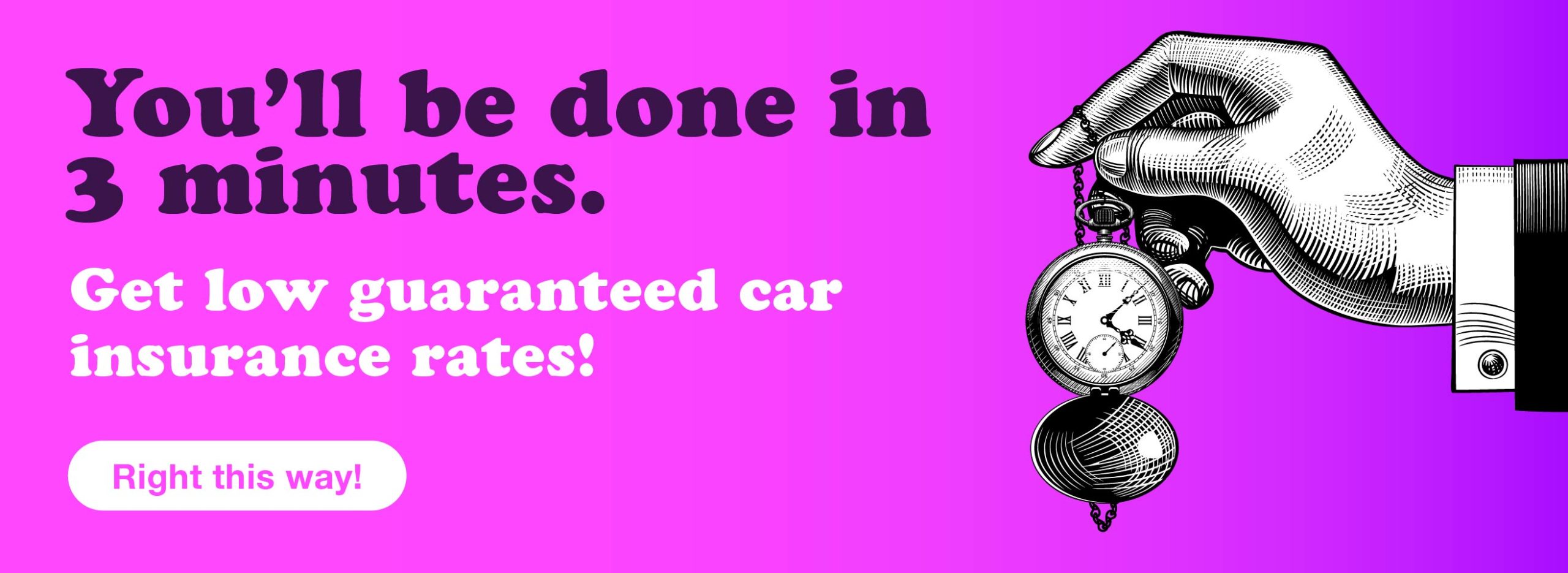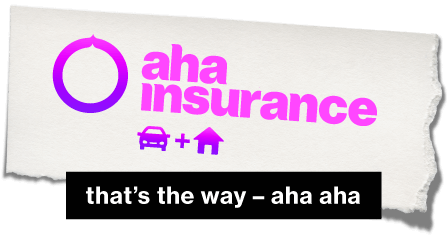While Canadian roads are relatively safe and new technology is making vehicles safer, it’s important to know how much your insurance could increase after an accident. More than 160,000 accidents are reported each year. The vast majority are minor collisions, but 9,500 resulted in serious injury.
Those 160,000 accidents likely result in as many auto insurance claims. Part of the settlement process is determining who was responsible for the accident. This information is not simply used to settle your claim, it is also used as part of your driving experience record to determine how likely it is that you may experience another accident in the future and rate your policy appropriately.
Insurance companies classify car accident claims into two broad categories: at-fault claims and not-at-fault claims. This distinction becomes important as we discuss how much will your insurance rates increase after an accident in Canada.
Let’s explore how insurance approaches motor vehicle accident claims.
What is no-fault insurance?
Ontario operates a mandatory no-fault auto insurance system. This insurance approach means that your own auto insurance company will settle a claim for you. Therefore, you will not need to rely on the other vehicle’s insurance provider to provide you with compensation. This avoids the other vehicle’s insurer trying to minimize their financial commitments by providing subpar service to a non-customer.
In a no-fault system, insurers can focus on settling a claim rather than squabbling with another insurance company over which party should pay.
No-fault insurance does not mean that drivers cannot be deemed at fault for the collision. Insurers determine who caused an accident for a number of reasons, including whether a deductible is applied to a collision claim and whether a driver is entitled to Direct Compensation Property Damage coverage under the liability section of their policy. No-fault insurance means that drivers will receive 100% of the settlement of the claim from their own insurer without any deductions due to who was at fault.
What is an at-fault accident?
An at-fault accident is one in which your insurance company has determined that you are wholly or partially responsible. Perhaps you didn’t see a car in your review mirror before backing out of a parking spot. Or maybe you didn’t see a stop sign and another vehicle ran into you when you entered the intersection.
An at-fault accident occurs when it was the actions, or inactions, of the driver of the insured vehicle that caused the accident to take place. It could even be as simple as driving off the side of the road after driving too fast during a rainstorm.
At-fault is not an all-or-nothing situation. You may be found 50% responsible if both drivers failed to follow safety guidelines.
You should also note that a finding of no-fault by a police officer has no bearing on insurance. It merely finds that there was no clear violation of the Highway Safety Act that resulted in the driver being charged.
How is who’s at-fault determined in a car accident?
In Ontario, determining who is at fault in a car accident from an insurance perspective is the job of the claims adjuster assigned to you by your insurer. They will take a statement from you and possibly the other drivers involved in the accident and combine that information with any physical evidence found on the scene and the police officer’s report. Adjusters may call upon a company that specializes in collision reconstruction to help understand what happened before and during the accident. This information is compared to the fault determination rules in the Ontario Insurance Act to determine who caused the accident.
What are the insurance fault determination rules for accidents?
Ontario’s fault determination rules are outlined in the Insurance Act, the law that dictates how insurance is bought and sold in Ontario and how insurance claims are settled.
The fault determination rules use written descriptions of different types of accidents and present many of these possibilities using diagrams to explain the principles of fault determination. These diagrams provide visual examples of the many possible types of collisions and claims. Insurance adjusters must use the fault determination rules to determine which driver caused the accident. Usually, 100%, 50% or 0% of fault should be assigned to a driver.
The act also includes extensive information on the rules governing collisions at intersections, collisions that occur in parking lots and how to apply the rules to other circumstances not explicitly covered in the diagrams.
What are the most common types of at-fault accidents?
In Canada, more than 90% of collisions are caused by driver error. Of these, 27% are caused by speeding and about 22% involve improper driving for weather conditions. Distracted driving was involved in almost a third of all accidents that resulted in serious injury and 21% of those involving death. A driver’s highest risk of a road accident occurs within the first year after being licensed.
In terms of the most common types of at-fault collisions, rear-end collisions where one driver hits the vehicle in front of it, are by far the most common, representing 30% of all insurance claims. Second on the list are single driver accidents. These include incidents where the driver drives off the road, hits a stationary object such as a tree or guardrail or backs into another car in a parking lot. Excessive speed accounts for almost half of single-driver vehicle crashes.
How does an at-fault accident affect insurance?
There are many factors that affect car insurance costs, including the value of your vehicle and the average cost to repair it. The driving history of all the drivers on the policy and where you live also affect your insurance premium. However, one of the primary factors that determine your premium is whether you and the other drivers on your policy have had an at-fault collision.
But not every at-fault collision will make your rates increase. Many policies sold in Ontario include an Accident Forgiveness endorsement. Accident forgiveness coverage does exactly as it sounds, it ensures that your rates will be unaffected should you find yourself in an at-fault accident.
Not everyone can be covered under an accident forgiveness endorsement. You will need to have a clean driving record – accident-free with no traffic tickets – to qualify. In addition, it will not respond to an accident, if the driver is charged with a serious infraction such as careless driving or driving while under the influence.
This endorsement may be included as part of the insurance package sold by your insurance provider. But you may need to add it as an additional coverage endorsement and pay a relatively small premium. Either way, it provides you with a safety blanket in the event of an infrequent at-at-fault accident. You can learn more about Accident Forgiveness on our blog.
Even if you don’t have an Accident Forgiveness endorsement on your policy, you may still be in luck if the at-fault accident was minor. The Ontario Insurance Act was updated in 2016 to prevent insurers from increasing premiums for minor collisions with property damage less than $2,000. There also must be no injuries and no payout by the insurance company as the responsible driver would bear the cost.
If you do not have Accident Forgiveness and your accident exceeds the limits outlined by the government waiver, your premium is likely to increase. Although every policy is different, the average cost of a premium increase for experiencing one at-fault accident is about 15%. If you have a second at-fault accident, that increase will double to about 30%.
Will my insurance increase if I am not at fault?
In Ontario, not-at-fault accidents do not affect your base insurance premium. That doesn’t mean you’re totally in the clear, however, if you had earned a loss-free credit on your policy, that credit will likely be removed because you suffered a loss.
Answering the question of how much do insurance rates increase after an accident in Canada requires a fairly nuanced approach. The cause of the accident and the nature of your insurance policy both come into play when determining if there is an increase in your premium and by how much.







